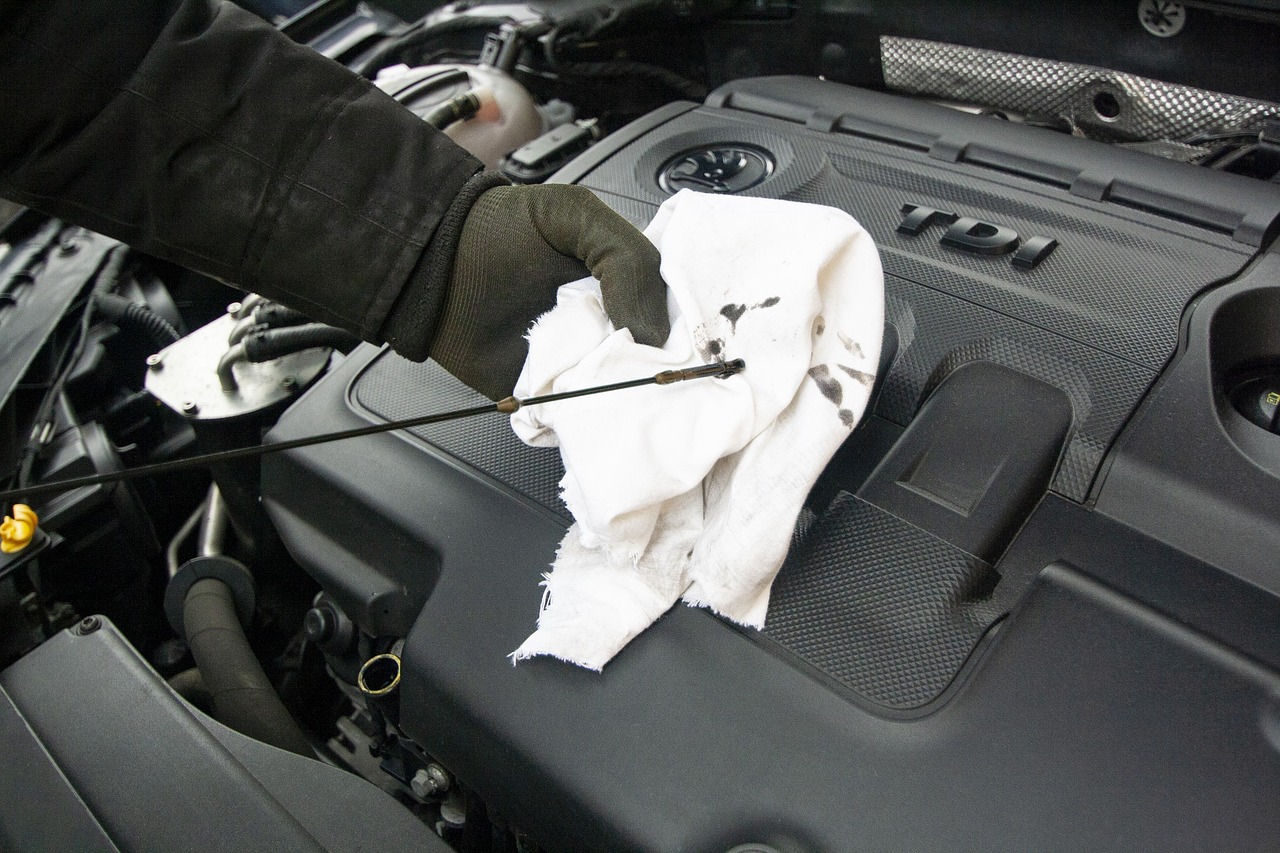OUR NEWEST BLOG

Transmission Trouble? Signs Your Fluid Needs Changing
When Should I Change My Transmission Fluid, and What Are the Signs That It Needs Changing?
Keep your car running smoothly with these essential tips.
Your vehicle’s transmission is one of its most critical systems, and keeping it in good shape is key to avoiding expensive repairs down the line. One of the simplest and most effective ways to do that? Regularly changing your transmission fluid.
But when is the right time to change it—and how can you tell when it’s overdue?
🛠️ Why Transmission Fluid Matters
Transmission fluid lubricates the moving parts in your transmission, cools the system, and helps ensure smooth gear shifts. Over time, heat, dirt, and metal shavings can break the fluid down, making it less effective and potentially damaging your transmission.
⏰ When Should You Change Your Transmission Fluid?
The answer depends on your vehicle, how you drive, and whether you have a manual or automatic transmission:
Automatic Transmission:
Most manufacturers recommend changing the fluid every 50,000 to 100,000 kilometres (30,000 to 60,000 miles). Some newer cars have “lifetime” transmission fluid, but that doesn’t always mean never—just longer intervals.Manual Transmission:
For manual cars, transmission fluid typically needs changing every 50,000 to 90,000 kilometres (30,000 to 55,000 miles), though this can vary.Heavy Use or Towing?
If you frequently tow, drive in heavy traffic, or live in a hot climate, you may need to change your fluid more often due to added strain on the transmission.
Always check your vehicle’s owner’s manual for the manufacturer’s specific recommendation.
⚠️ Signs Your Transmission Fluid Needs Changing
Not sure if it's time? Here are common warning signs:
🔴 1. Dirty or Dark Fluid
Fresh transmission fluid is usually bright red and clear. If it looks brown or black and smells burnt, it’s time for a change.
⚙️ 2. Sluggish or Rough Shifting
Hesitation when shifting gears, slipping out of gear, or jerky transitions can signal old or low-quality fluid.
🌡️ 3. Overheating Transmission
An overheating transmission can lead to serious damage. If your dashboard shows high temperatures or you notice a burning smell, fluid could be the culprit.
💧 4. Fluid Leaks
Red fluid pooling under your car is a strong indicator of a leak. Check for drips near the transmission area—this usually means the fluid level is dropping and needs attention.
🚨 5. Warning Lights
Some vehicles have a transmission warning light or a check engine light that may indicate transmission trouble. Don’t ignore it!
🧰 Can You Change It Yourself?
If you’re handy and have the tools, changing transmission fluid is possible at home—but it’s not as simple as an oil change. It can be messy, and overfilling or using the wrong type of fluid can cause damage. If in doubt, it's best to leave it to a mechanic.
✅ Bottom Line
Transmission fluid may not need changing as often as your engine oil, but it’s just as important. Staying on top of your fluid schedule helps extend your transmission’s life and avoid costly repairs. If you’re seeing signs of dirty fluid or noticing issues with shifting, don’t wait—get it checked.
Pro Tip:
Keeping a regular maintenance log can help you track fluid changes and spot patterns in your car’s performance.


